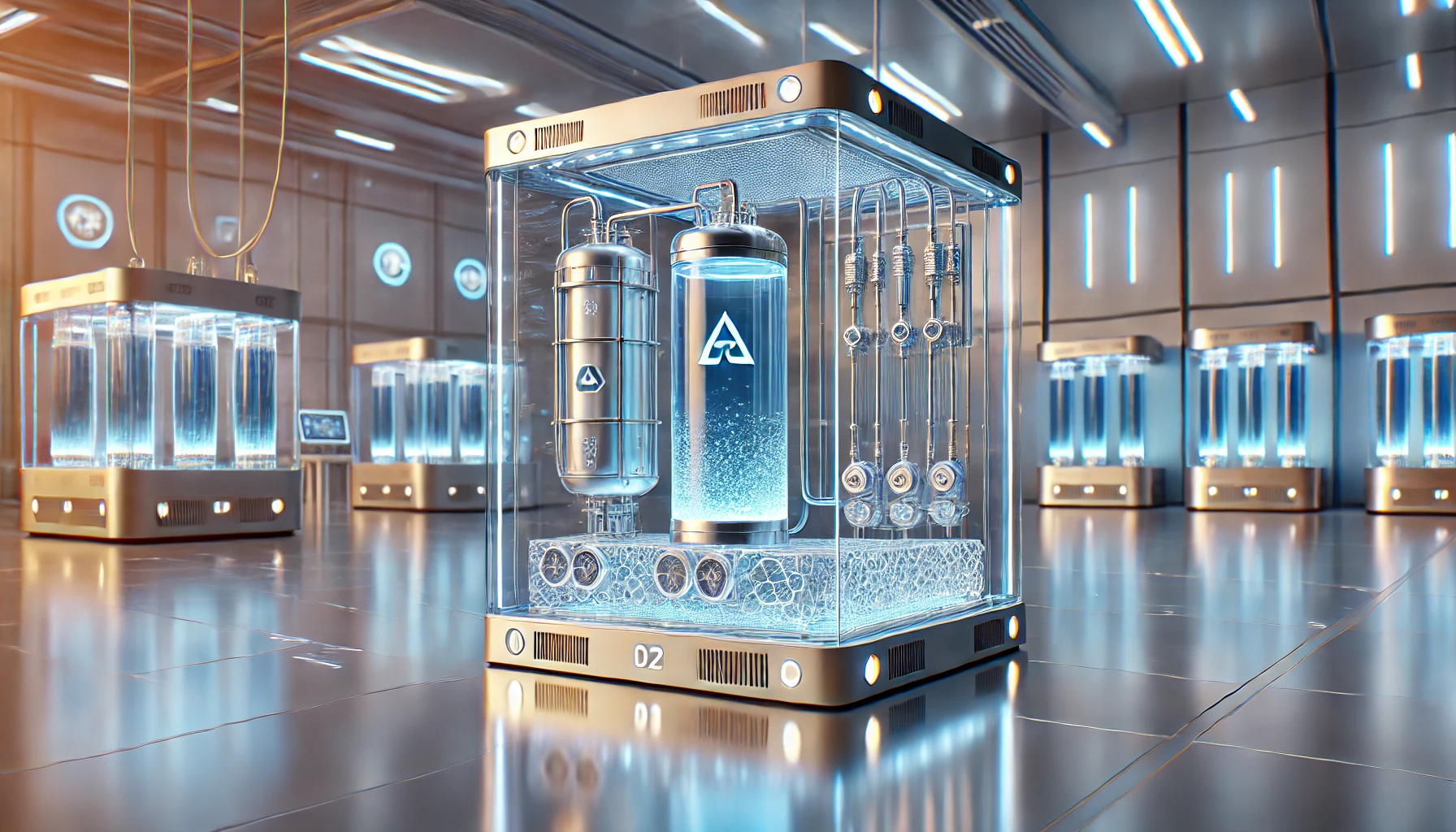Canadian Pacific is transforming the rail industry with its innovative hydrogen fuel cell locomotive, leading the charge toward sustainable transportation. This groundbreaking technology offers a vision of eco-friendly trains gliding through stunning landscapes, emitting only water vapor. As climate change takes center stage and demand for greener solutions rises, Canadian Pacific’s hydrogen-powered locomotives showcase the future of zero-emission rail travel, setting new standards for freight and passenger services.
Overview of Canadian Pacific Hydrogen Fuel Cell Locomotive

Canadian Pacific hydrogen fuel cell locomotive represents a groundbreaking step towards sustainable rail transportation. This cutting-edge technology offers numerous benefits while significantly reducing environmental impact compared to traditional diesel locomotives.
Benefits of using hydrogen fuel cell locomotives
Canadian Pacific Hydrogen Fuel Cell locomotives offer several advantages over their conventional counterparts:
- Zero emissions: These locomotives produce only water vapor as a byproduct, eliminating harmful greenhouse gas emissions.
- Improved efficiency: Fuel cells convert chemical energy directly into electrical energy, resulting in higher overall efficiency.
- Reduced noise pollution: Hydrogen fuel cell locomotives operate much more quietly than diesel engines.
- Lower maintenance costs: With fewer moving parts, these locomotives require less frequent maintenance.
- Increased range: Hydrogen fuel cells can provide longer operating ranges compared to battery-electric alternatives.
Here’s a comparison of key features between hydrogen fuel cell and diesel locomotives:
| Feature | Hydrogen Fuel Cell Locomotive | Diesel Locomotive |
|---|---|---|
| Emissions | Zero emissions (water vapor) | CO2, NOx, particulates |
| Noise level | Low | High |
| Maintenance | Less frequent | More frequent |
| Fuel efficiency | High | Lower |
| Refueling time | Faster | Slower |
Comparison with Traditional Diesel Locomotives
When comparing hydrogen fuel cell locomotives to traditional diesel locomotives, efficiency and cost-effectiveness are crucial factors to consider. Let’s break down these aspects:
| Aspect | Hydrogen Fuel Cell Locomotives | Diesel Locomotives |
|---|---|---|
| Fuel Efficiency | Higher energy conversion efficiency (up to 60%) | Lower efficiency (around 30-35%) |
| Operational Costs | Initially higher, but expected to decrease | Currently lower, but subject to fuel price fluctuations |
| Maintenance | Simpler, fewer moving parts | More complex, requires regular oil changes |
| Refueling Time | Longer refueling process | Quicker refueling |
| Infrastructure | Requires new hydrogen fueling stations | Existing infrastructure in place |




